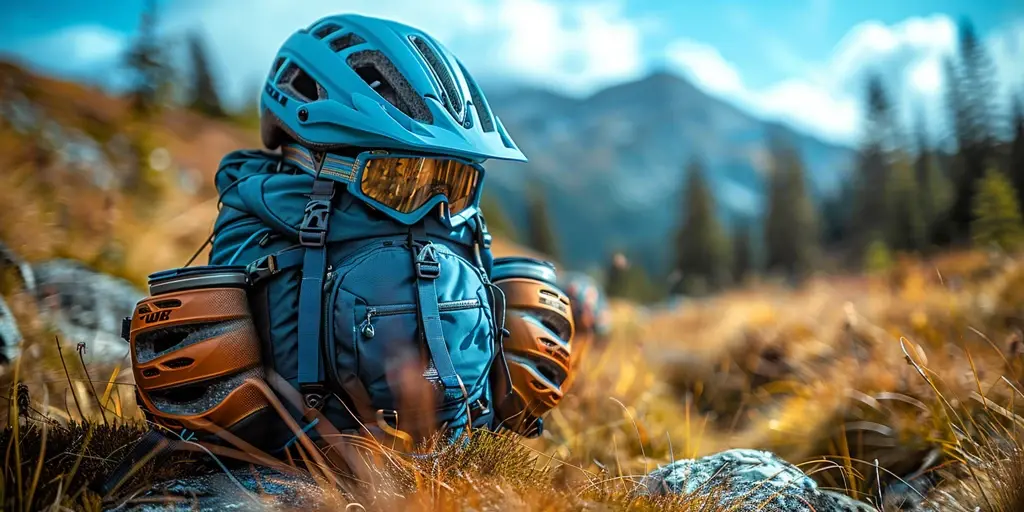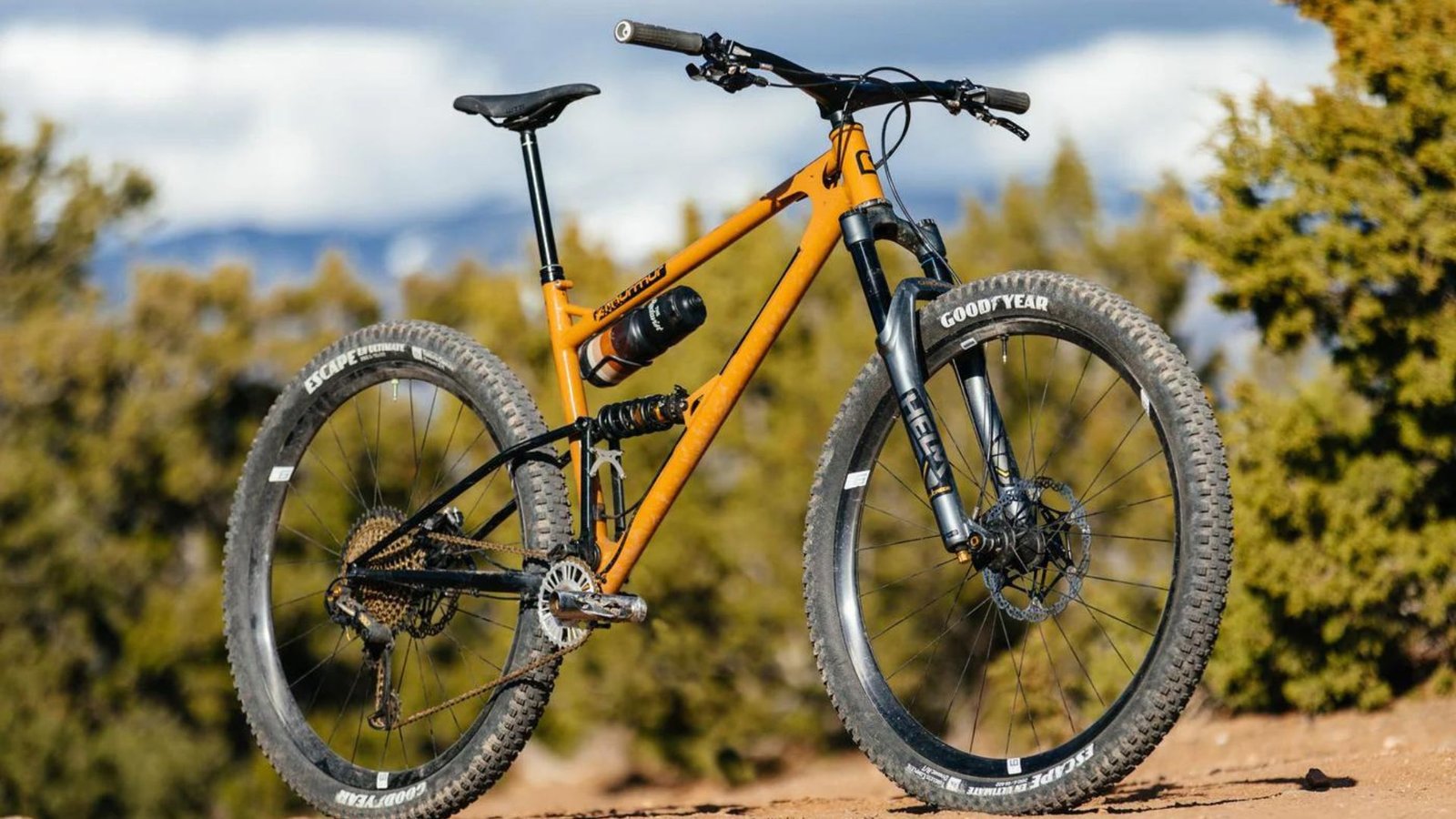Mountain biking is an exhilarating sport, but it also comes with its fair share of risks. To ensure a safe and enjoyable ride, having the right gear is essential. Whether you’re a seasoned rider or just starting out, investing in high-quality equipment will not only enhance your performance but also protect you from injuries. Here’s a guide to the must-have mountain bike gear that will keep you safe and prepared for any adventure.
1. Helmet: The Ultimate Protection
A helmet is the most critical piece of gear for any mountain biker. Head injuries can be life-threatening, so wearing a certified mountain bike helmet is non-negotiable. Look for helmets with features such as:
- MIPS (Multi-directional Impact Protection System) to reduce rotational forces.
- Full-face helmets for downhill riding, offering extra protection for the face and jaw.
- Lightweight and well-ventilated designs for cross-country and trail riding.
2. Knee and Elbow Pads: Shielding Your Joints
Mountain biking often involves navigating technical trails with rocks, roots, and other obstacles. Knee and elbow pads are essential for protecting your joints in case of a fall. Modern pads are designed to be lightweight and flexible, ensuring you have full mobility while riding. Look for pads that provide:
- Impact-resistant foam to cushion falls.
- Adjustable straps for a secure fit.
- Breathable materials to keep you comfortable during long rides.
3. Gloves: Grip and Protection
Gloves serve two main purposes in mountain biking: improving grip and protecting your hands. On rough trails, your hands can easily slip off the handlebars, especially if they get sweaty. Gloves help maintain a firm grip while also shielding your hands from blisters, scrapes, and impacts.

- Padded palms reduce pressure and absorb shock from bumpy trails.
- Fingerless gloves offer more ventilation for warmer weather, while full-finger gloves provide better protection and grip in all conditions.
4. Mountain Bike Shoes: Pedal Power
Mountain bike shoes are specifically designed to enhance your pedaling efficiency and keep your feet secure on the pedals. There are two main types of shoes to choose from:
- Clipless shoes: These attach to clipless pedals and offer superior control and power transfer, making them ideal for cross-country and enduro riders.
- Flat pedal shoes: These provide excellent grip and freedom of movement, making them a great option for downhill riders or beginners.
Make sure your shoes fit comfortably and offer strong grip, durable materials, and proper ankle support.
5. Hydration Pack: Stay Hydrated on the Trail
Staying hydrated during your ride is crucial, especially on longer trails. A hydration pack is a convenient way to carry water without having to stop frequently. Modern hydration packs are lightweight and often come with extra storage space for tools, snacks, and other essentials.
- Look for packs with a hydration bladder that holds 2-3 liters of water.
- Compression straps help to minimize movement when riding on rough terrain.
- Packs with extra pockets allow you to carry multi-tools, spare tubes, and personal items.
6. Multi-Tool: Be Ready for Quick Repairs
A compact multi-tool is a must-have for quick repairs and adjustments on the trail. Mechanical issues can arise at any time, and a multi-tool with the right attachments can save your ride from being cut short.
- Ensure your multi-tool includes hex keys, a chain breaker, screwdrivers, and a T25 Torx wrench for brake rotors.
- Some multi-tools also come with a tire lever and a spoke wrench for wheel adjustments.
7. Bike Pump or CO2 Inflator: Handle Flat Tires
Flat tires are a common issue in mountain biking, so it’s important to carry either a compact hand pump or a CO2 inflator. These tools allow you to fix a puncture and reinflate your tire in minutes, keeping you moving on the trail.
- CO2 inflators are fast and lightweight, perfect for riders who want quick tire inflation.
- A mini hand pump is more versatile and doesn’t require refills, making it a reliable option for longer rides.
8. Spare Tube and Patch Kit: Fixing Flats on the Go
Even with the best tires, punctures can happen. Carrying a spare tube and patch kit ensures you’re prepared to fix a flat tire without walking your bike back to the trailhead.
- Ensure the spare tube is the correct size for your bike’s tires.
- A patch kit with adhesive patches and tire levers can fix minor punctures when you run out of spare tubes.
9. Riding Glasses: Protect Your Eyes
Riding glasses protect your eyes from debris, bugs, and UV rays. Clear lenses are great for riding in forests or shaded areas, while tinted lenses help reduce glare on sunny days.
- Impact-resistant lenses protect your eyes from rocks or branches.
- Interchangeable lenses allow you to switch between different tints depending on the light conditions.
10. First Aid Kit: Be Prepared for Emergencies
A small, lightweight first aid kit is essential for treating cuts, scrapes, and other minor injuries on the trail. Your kit should include:
- Bandages, antiseptic wipes, and gauze for wound care.
- Tweezers for removing debris like thorns or splinters.
- Pain relievers and any necessary personal medications.
Conclusion
Mountain biking is an exciting way to explore the outdoors, but it requires the right gear to stay safe and enjoy the ride. From helmets and pads to multi-tools and hydration packs, having the right equipment will give you peace of mind and ensure you’re prepared for any situation on the trail. Prioritize safety and comfort by investing in high-quality gear, and you’ll be ready to tackle any adventure that comes your way.




